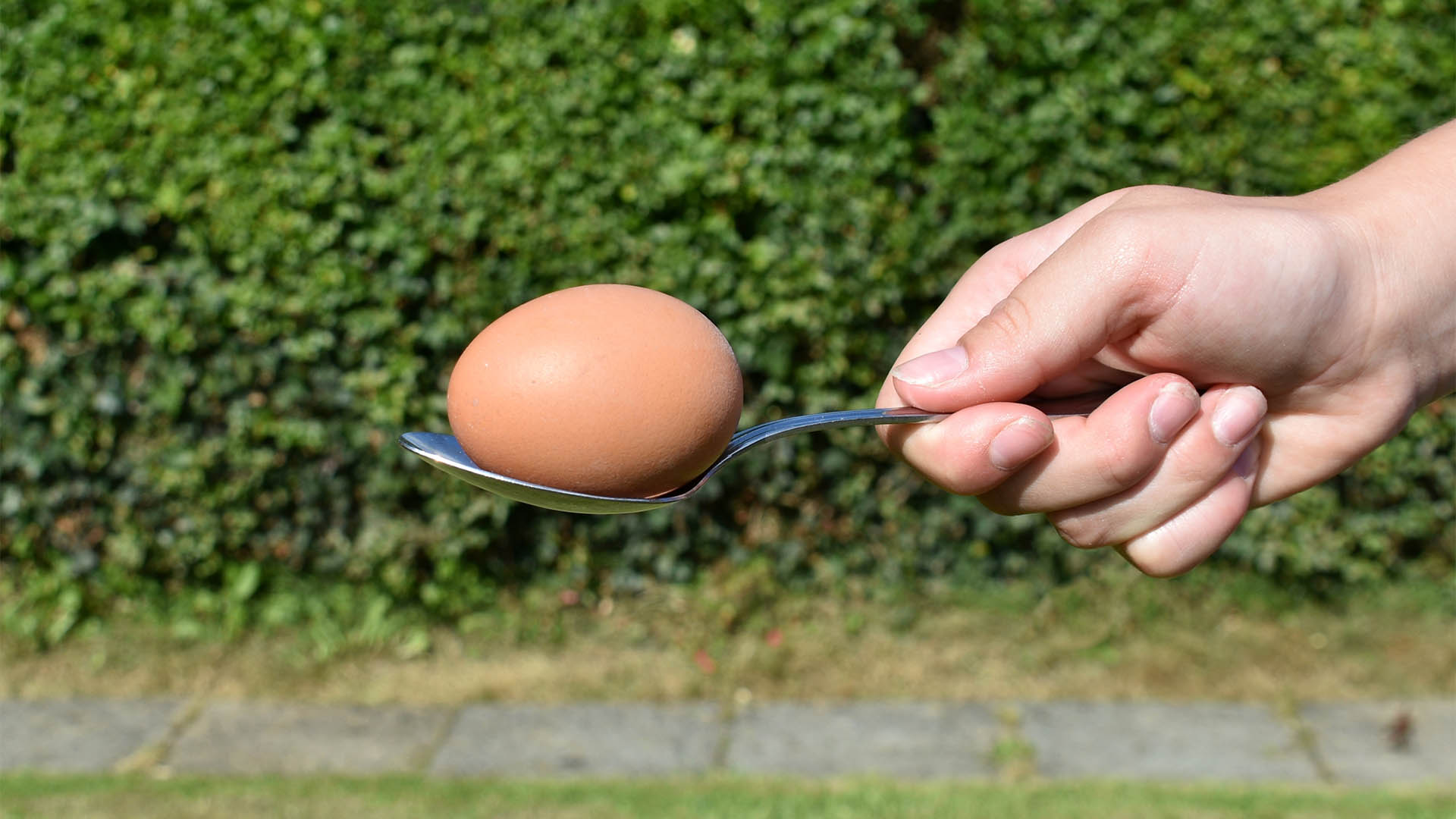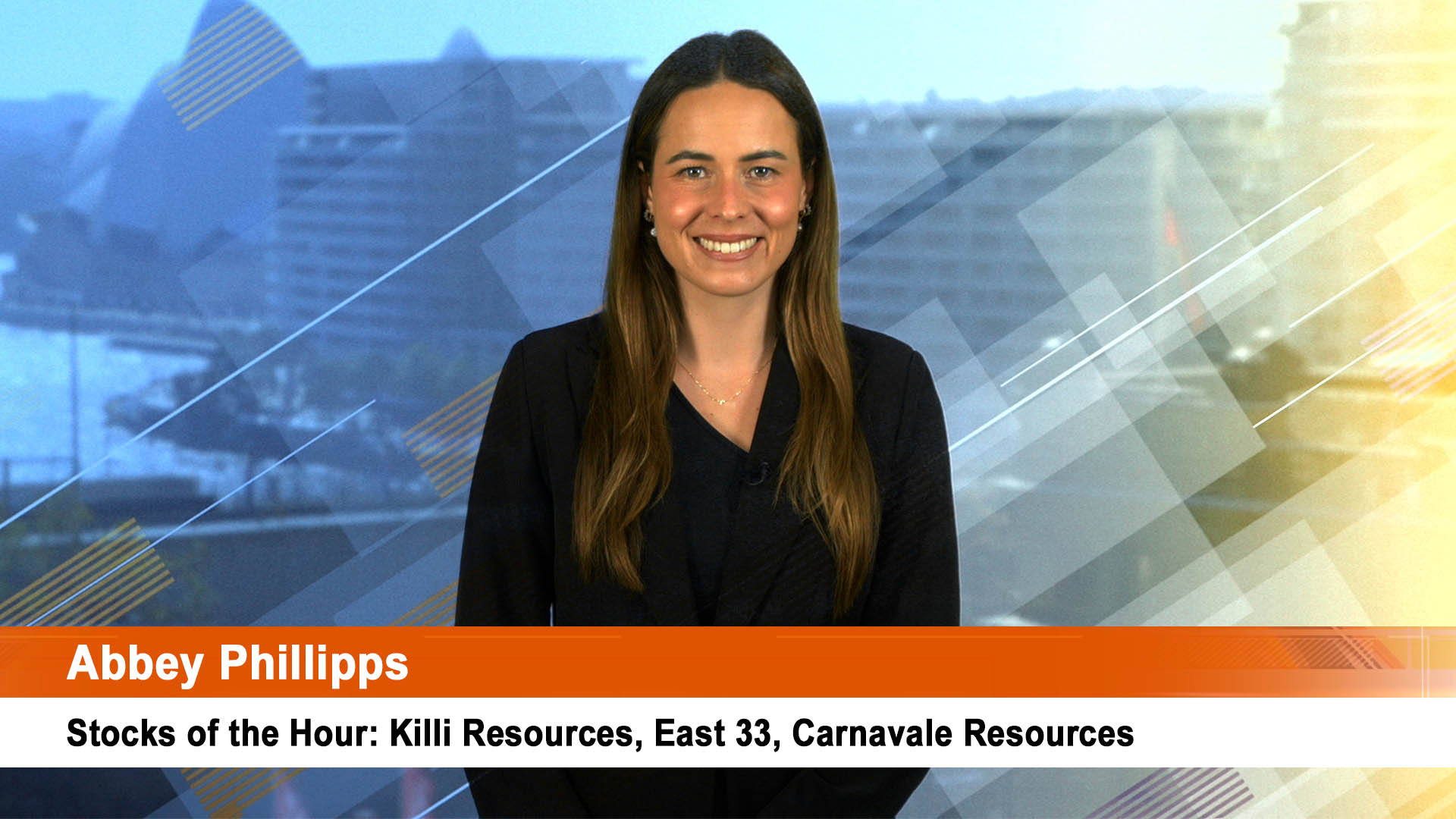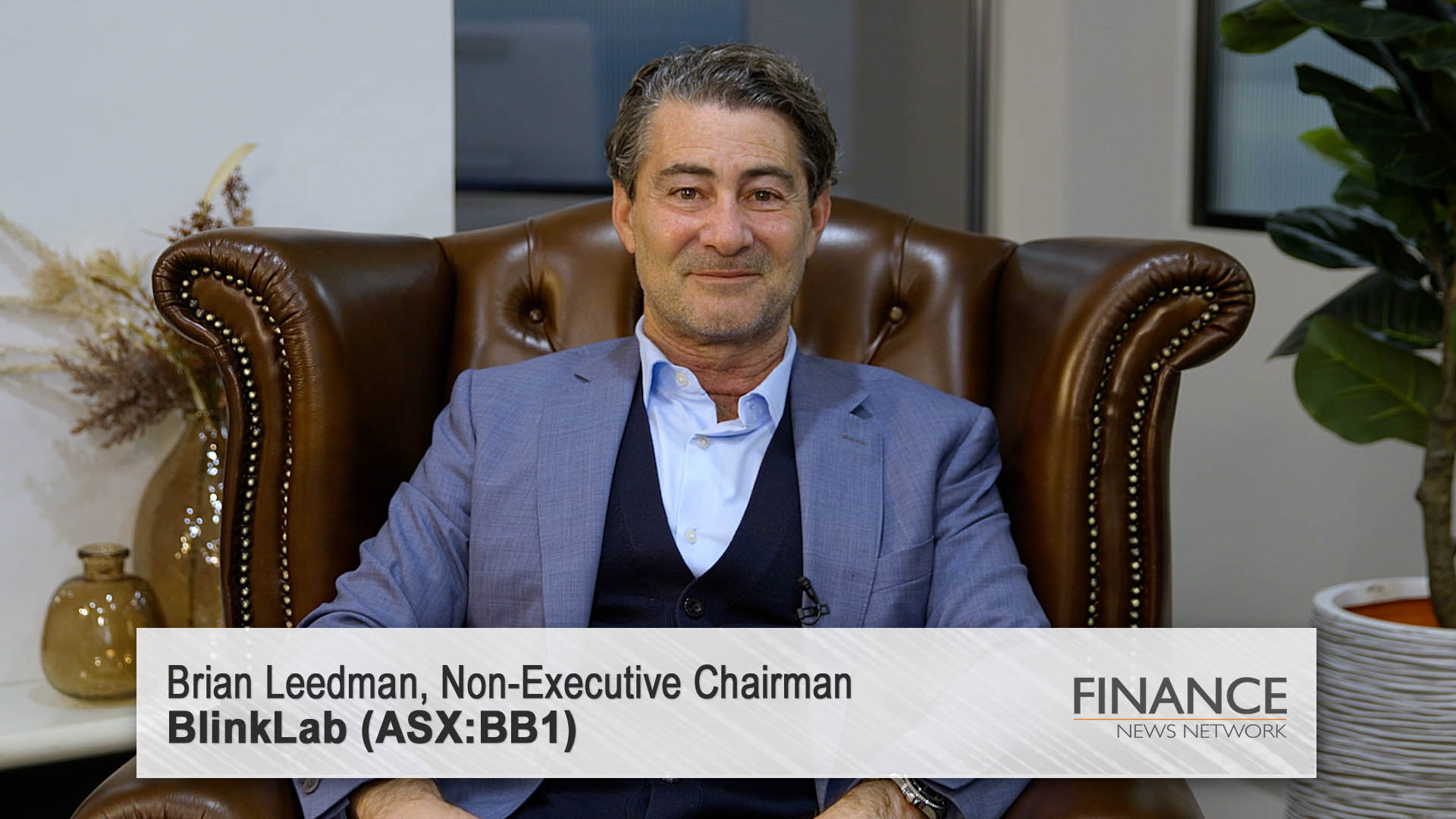No rate rise in Australia for a year or more after the release of the Reserve Bank’s 4th and final Statement on Monetary Policy for 2017 on Friday.
So is any market economist or other analyst tries to talk up rates in the next year, regard them as a big noter and nothing more, even if the US Federal reserve continues its rate increases in December and then in 2018.
Even though the September quarter’s Wage price Index this Wednesday is expected to a show a rise because of the National Wage rise in May (to an annual rate of 2.2% from 1.9% in the June quarter), it will have no impact on thinking at the RBA.
That will be a one off and while the RBA thinks wages will rise over time, the central bank is not confident of it happening any time soon.
But despite the outlook for weak wages and weak inflation, growth is forecast to hit 3% in a year’s time by the RBA, but it could a misfiring economy that does that.
The bank’s current policy dilemma was summed up in these paragraphs:
"Uncertainty about wage growth translates into uncertainty about the growth in household income, which is one of the main determinants of consumption growth. It is not clear how resilient consumption growth might be to an extended period of low income growth.
“Consumption is expected to grow a bit faster than income over the forecast period, which is consistent with households viewing the current period of weak wage growth as temporary (by using up savings).
“If, however, households start viewing lower income growth as being more persistent, consumption growth could be somewhat lower than forecast.
“Weaker-than-expected growth in housing prices or changes in expectations about the likely path of interest rates could also lead to weaker consumption growth than is currently forecast."
And if that happens, then the chances of another rate cut will rise if the fall persists.
The central bank also pointed out that the outlook for household income growth remains a significant uncertainty in its efforts to forecast consumption growth.
Inflation will remain weak and is not expected to regain the 2% level until late next year or into 2019. That’s despite a strong employment market, an improving outlook for business investment, but a continuing easing in the contribution from housing investment where the bank says the boom has “peaked earlier than previously expected.”
So Australians can expect weak increases in their wages even as unemployment rate falls and business investment starts to gather pace, according to the Reserve Bank.
The RBA has lowered its expectations for improvements in the inflation rate, saying in its latest Statement on Monetary Policy that even though the economy is expected to expand over the next two years, low wages and tough retail conditions will keep inflation near the lowest limits of its preferred two-to-three per cent target band.
“A number of factors are serving to hold inflation down," the RBA said in the November quarterly statement on Friday. The CPI was 1.8% in 2016-17 and following changes to the way the Australian Bureau of Statistics computes the index, it is probably closer to a range of 1.4% to 1.6%.
And the RBA doesn’t expect there to be any significant increase in the next year or more – although rising oil and petrol prices will start having a bigger impact from this quarter onwards as global prices rise well past $US60 a barrel. “Wage growth has remained low and strong competition in the retail sector is dampening retail inflation across a broad range of goods,” the RBA said.
All-important household spending is still weak, the RBA said, driven mainly by “unusually soft" average earnings growth that was detracting from the improvement in the unemployment rate.
Employment and wages had fallen in the wake of the mining boom but now there are signs of recovery in non-mining investment, the RBA has warned wage growth may not match the improvement in job numbers.
“Shifts in the composition of employment within industries to lower-paid work might partly explain this," the RBA said. The AMP’s Chief Economist, Dr Shane Oliver wrote at the weekend.
“While the RBA’s Statement on Monetary Policy remains relatively upbeat and still sees 3% plus growth by the end of next year, it slightly downgraded its growth forecasts and revised down its inflation forecasts by 0.25% to 0.5% seeing inflation remaining below target for longer.
“The downwards revision to the RBA’s inflation forecasts reflects the ABS’s new CPI weights that correct for “substitution bias” (which sees increasing spending on things that fall in price like computers and reduced spending on items that go up a lot in price like tobacco), but regardless it all means that inflation is expected to take longer to get back to target, which in turn runs the risk that low inflation expectations will just get further entrenched making it even harder to get inflation back up again and increasing the risk of deflation the next time the economy slows down.
"All of which means low interest rates for longer. Improving global growth and the RBA’s own forecasts for stronger growth along with solid business conditions and employment growth continue to argue against rate cuts.
“But ongoing low inflation and wages growth, uncertainty around consumer spending, signs that the housing cycle is slowing and the still strong $A argue against a rate hike,” Dr Oliver wrote.
The Westpac’s chief economist, Dr Bill Evans wrote in a note about the monetary policy statement:
"It is our view that the decision to lower the [inflation] forecasts to below the bottom of the band in 2018 and at the bottom of the band in 2019 has significant policy implications. We are now assessing a central bank which is expecting that it will undershoot its core inflation target for another year, and that even one year out, inflation will still be at the bottom of the target zone.
“It has always been our view that with the confident growth forecasts of ½ a per cent above potential growth in 2018 and ¾ above potential in 2019, and inflation moving back to the middle of the target zone in 2019, that the Bank expected to be raising rates in 2018."
These new forecasts cast considerable doubt on that view,” Evans wrote. "We are not changing our view that rates will remain on hold in 2018 and 2019, but we have always been uncomfortable that the central bank’s forecasts were implying that it was expecting that it would be raising rates in 2018. These forecasts no longer portray a central bank that expects to raise rates,” he said.













